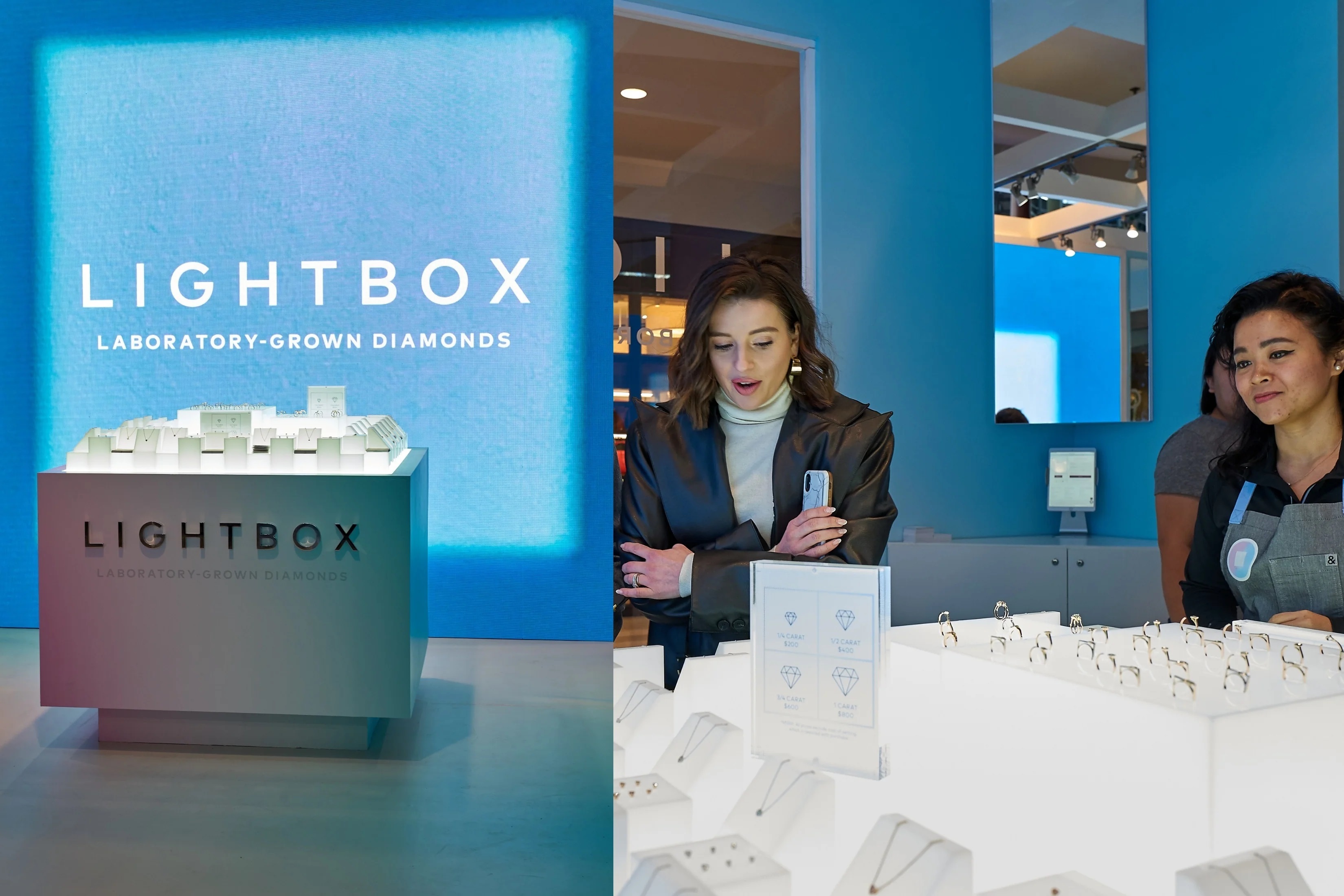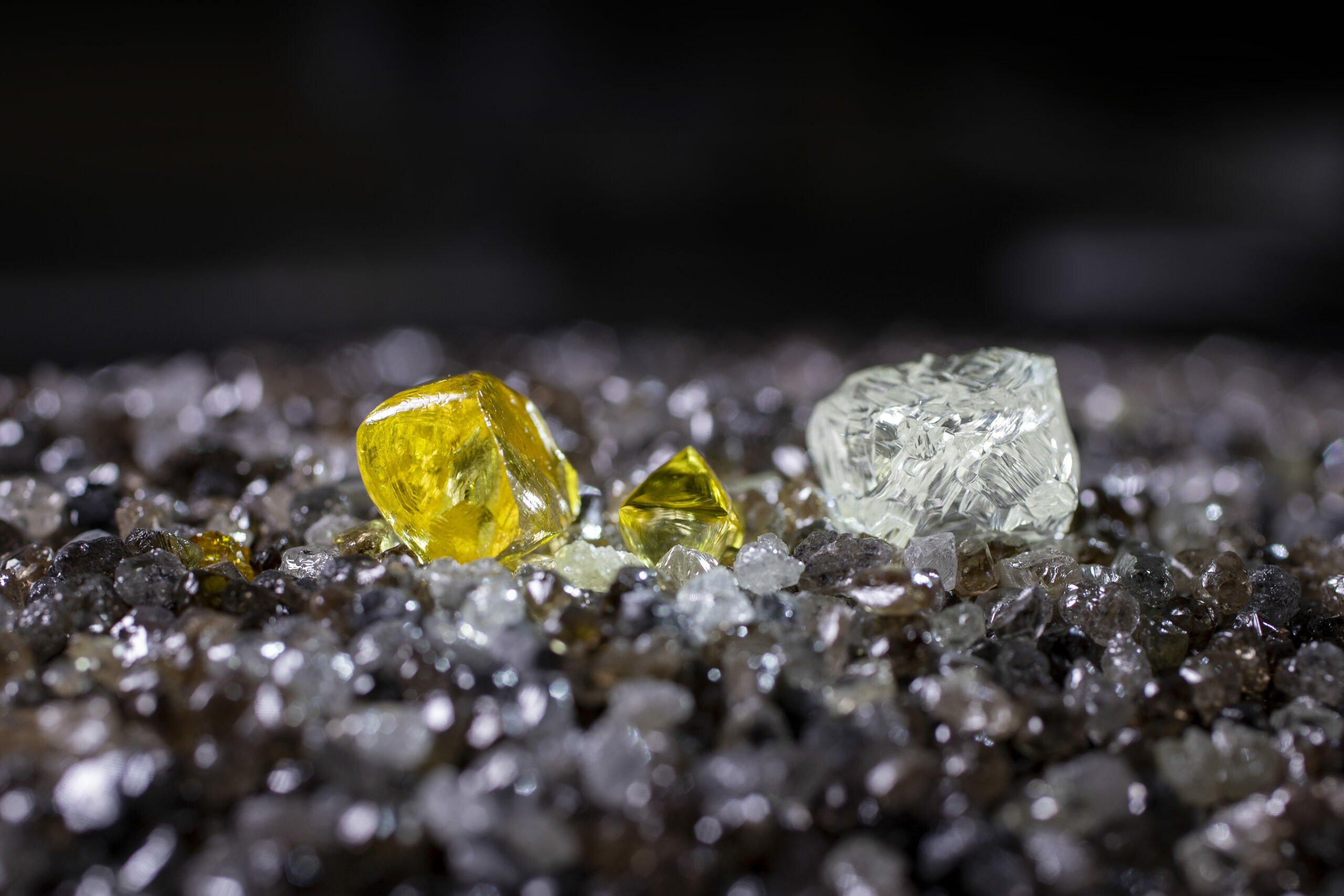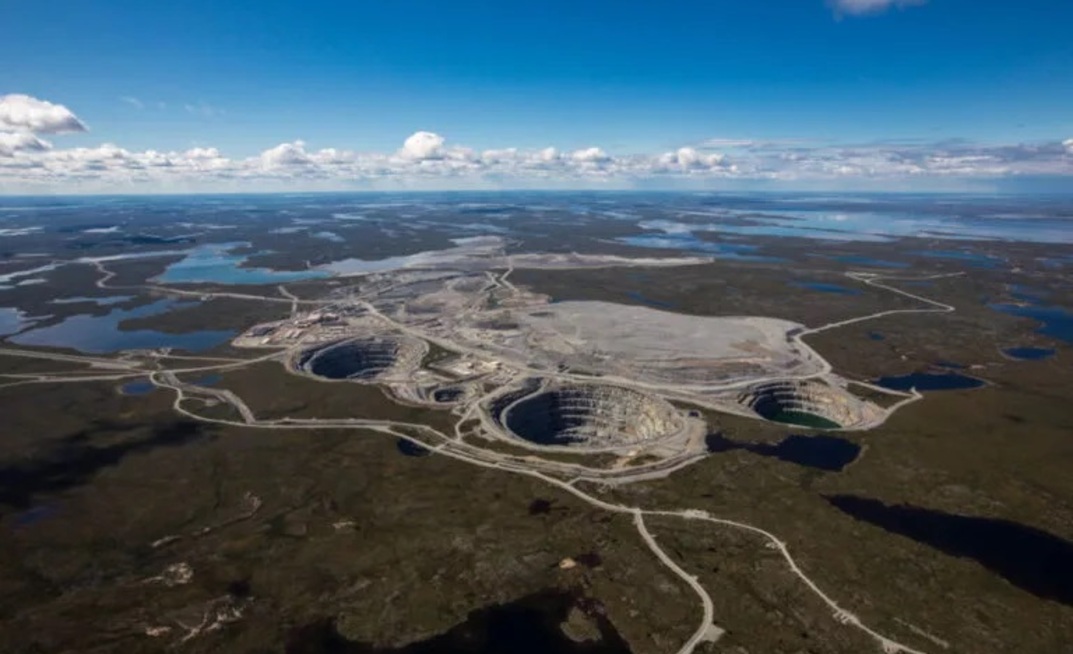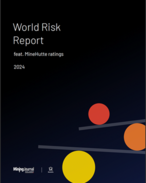Synthetic diamonds, also known as lab-grown diamonds, have seemingly shifted the luxury goods market as we know it.
The technology used to create these diamonds has dramatically improved over the last several decades to the point where they have become effectively identical to naturally mined diamonds, both in appearance and chemical structure.
To be clear, mined diamonds have natural unique impurities and can easily be distinguished from lab-grown products by trained gemmologists.
But make no mistake: synthetic diamonds are not ‘fakes'. They're not the same as other cheaper gems like cubic zirconia or moissanite. For a gem to be sold as a synthetic diamond, it needs to have identical chemical properties to the natural product — meaning for all intents and purposes, it is a real and pure diamond.
YOU MIGHT ALSO LIKE
It's perhaps for this reason that lab-grown diamonds have flooded the market in recent years, just as the natural diamond market began to plummet.
The lab-grown diamonds market has a forecast compound annual growth rate of 8.8%, according to Ireland-based Research and Markets.
While some doomsayers have pointed to the growing synthetic market as a harbinger of the death of diamond mining, many in the mining space remain as bullish as ever.
After all, the value of diamonds has never really made sense. They're not particularly useful, they only play a small role in industrial work, and they're not actually all that rare.
But they sparkle and glimmer and gleam. They're a symbol of status and beauty and wealth. And humans can't seem to get enough of them.
A perfect storm, not a structural reset
Arguably the ASX's biggest diamond bull, Burgundy Diamond Mines managing director Kim Truter, has been in the thick of the struggling diamond mining industry and maintained that the recent weakness in the natural diamond market was the result of several external factors suppressing demand rather than a reflection of long-term fundamentals.
COVID-19 caused a supply crunch, and geopolitical tensions and inflation have culled demand.
"The diamond industry was impacted by the COVID-19 restriction, which severely impacted supply chain logistics — such as airplanes being unable to transport diamonds — and limited human socialisation, which influenced existing and potential relationships," Truter told MNN.
He added that inflationary pressures since the pandemic had limited discretionary spending among consumers.
"At the same time, the ongoing war between Russia and Ukraine has increased focus on the source of diamonds and their provenance," he said.
It created a "perfect storm", Truter argued, that impacted the natural flow of diamonds to the consumer and reduced short-term demand.
"This is recovering quickly and will soon lead to a significant upward correction in diamond prices."
Is lab-grown fad already fading?
Truter said the "new opportunity excitement" for lab-grown diamonds was diminishing, with high-end consumers and retailers turning back to "finite, value-appreciative" natural diamonds.
Supporting this idea is the fact that Anglo American's De Beers — the same company that coined the phrase ‘Diamonds are Forever' — in May announced it would be ditching its lab-grown diamond program after a six-year stint.
CEO Al Cook at the time said the company would instead drive an effort to better differentiate natural diamonds from lab-grown ones.

Truter went as far as to say that the flood of synthetic diamonds into the market — which has certainly hurt lower-carat natural diamond prices — had unintentionally boosted the outlook for the natural diamond market as excess supply of synthetic products made mined ones even more prestigious.
Of course, Truter has skin in the game. Burgundy paid A$136 million to buy the Ekati diamond mine in Canada in March last year — so investors may take his words with a grain of salt.
However, his thoughts are largely shared by US-based expert diamond analyst and consultant Paul Zimnisky, who told MNN as long as lab-grown diamonds could be distinguished from natural diamonds with certainty, the general price disparity between the two would continue to widen.
"Man-made diamonds are a manufactured product and natural diamonds are a non-renewable natural resource … I think the price disparity is ultimately going to impact differentiation in the way that the two products are perceived and marketed to consumers," Zimnisky said.
"That said, I think there will continue to be overlap in that lab-grown diamonds will be attractive to consumers that just want the lowest-priced diamond option, or those that are opposed to mining.
"I estimate that about 20% of the global diamond jewellery market by value sold is now composed of lab-grown diamonds, which is up from essentially nil a decade ago."
He said it wasn't as much a case of one type of diamond replacing the other, but more a case of both sectors having to navigate uncharted market territory.
"At the end of the day, there will be a share of the market that natural diamonds retain, a new market that lab-grown diamonds attract, and then a segment that is up for grabs — which will be driven by marketing effectiveness."
What about ethical concerns?
Diamond mining has had a history of unethical practices, but as consumers became more aware of some of the human rights violations in mines decades ago (thanks, Edward Zwick's 2006 political thriller Blood Diamond), they began to demand transparency and ethical surety.
The result, according to Truter, is that transparency and linking diamond mining to ethical practices is now standard — even pseudo-required — in the industry.
Inversely, it takes huge amounts of energy to produce a diamond in a lab.
Australia's Diamond Guild claims synthetic diamond production generates triple the environmental impact of natural diamond recovery.
"Inaccurately, synthetic stones have been marketed as a ‘green' alternative to natural diamonds with false claims regarding the lower environmental impact of synthetic diamond production," the Guild reported.
"Synthetic diamond production consumes massive amounts of electricity to create the required manufacturing conditions. The by-product of the manufacturing process is non degradable industrial waste that cannot be effectively disposed of."
The Guild and Truter both argue that natural diamonds are — perhaps contrary to popular belief — the more ethical option.

It's not logic, it's psychology
Zimnisky said regardless of the ethics, the supply concerns, the price models or the marketing, human desire ultimately guided the diamond market.
"Human desire for rare and valuable objects runs deep — that's something that we have been drawn to since the beginning of time. I don't think that's going to all of a sudden change," he said.
"It may not be completely logical or practical, but it is what it is — I guess it's a study in human psychology. Precious gems and metals make us feel good, they make us feel special … and maybe part of that is because they are impractical and thus bring some spice to our lives."
It's why Truter argued that the lab-grown market was so likely to have an inverse effect on the natural market than one would expect.
For example, he predicted the dramatically lower costs of synthetic diamonds would make natural diamonds more attractive rather than make them obsolete.
"Prices of lab grown diamonds have crashed and now typically trade for about 10% of a natural diamond resulting in unfavourable economics for lab grown producers and retailers," Truter said.
"This has resulted in a retail bifurcation where lab-grown diamonds are seen as cheap ‘paste' and natural diamonds are seen as valuable, desirable, rare and reflective of the emotion that underpins the purchase of a diamond."
The natural diamond market has always been illogical. And if Truter's convictions are true, it's this lack of logic that will keep the industry alive.

























